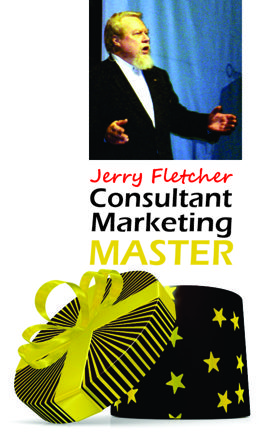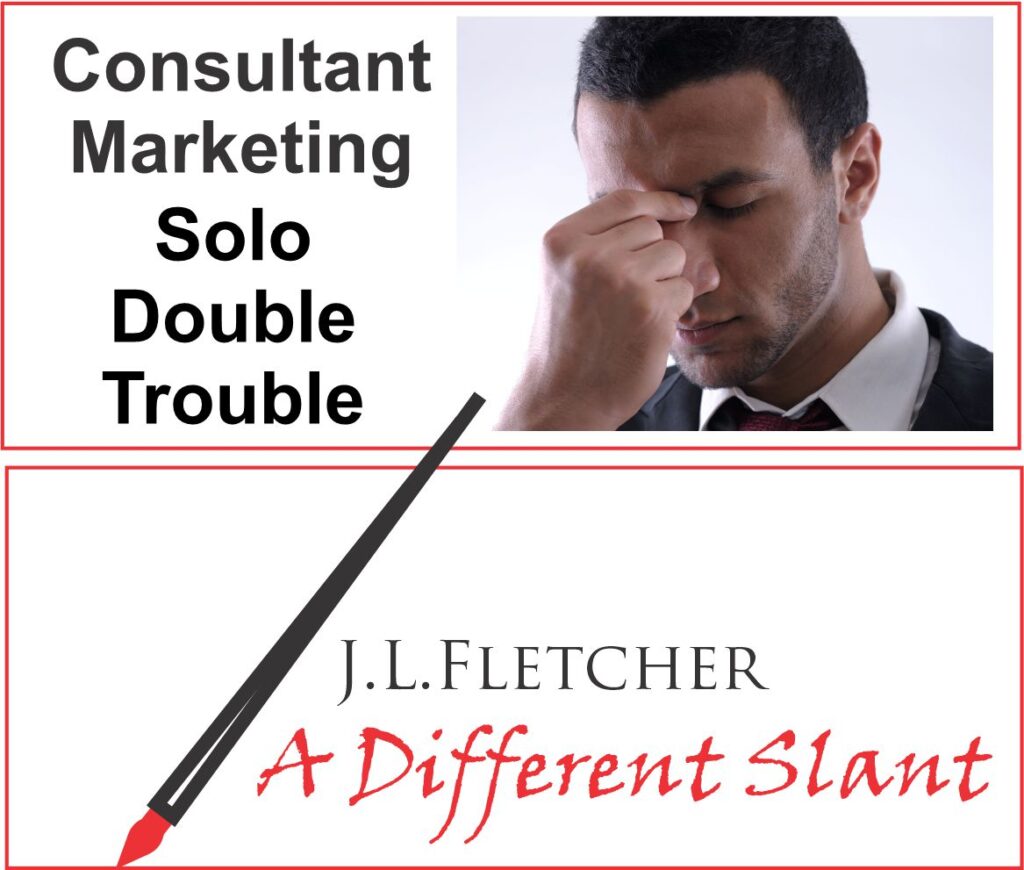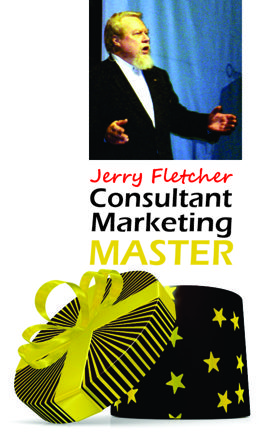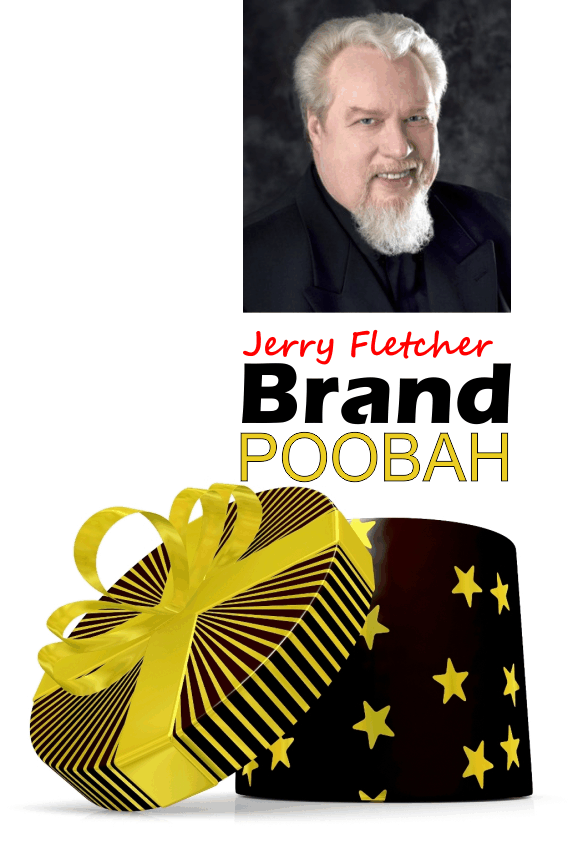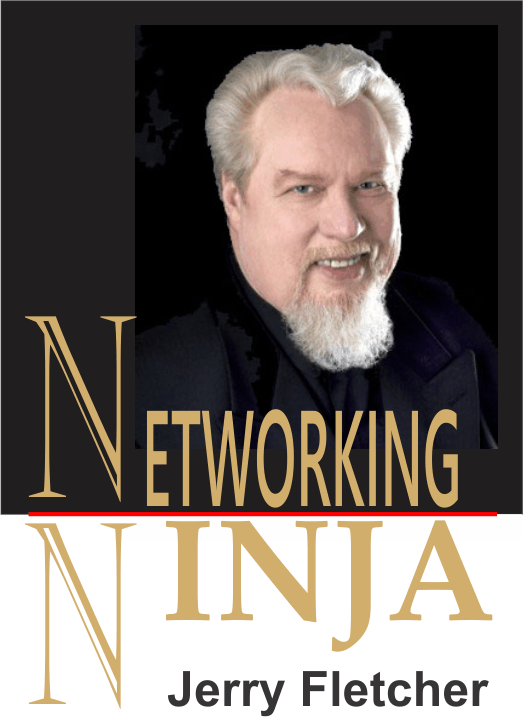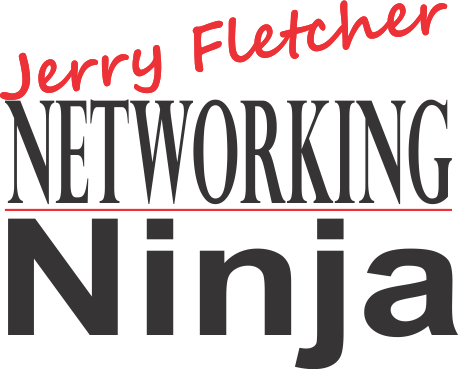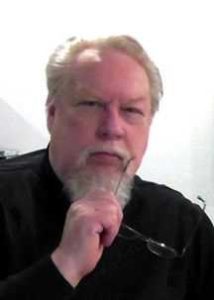Being more memorable
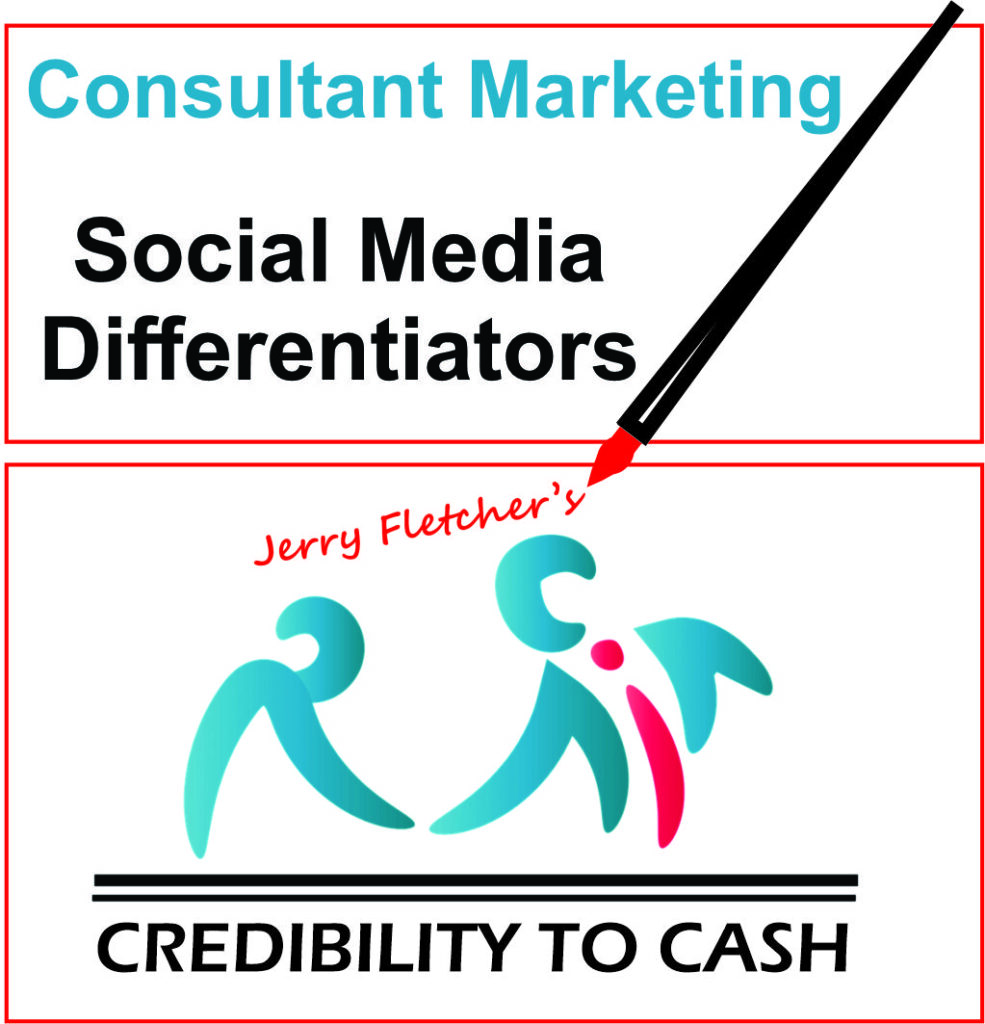
Just publishing on a host of social media platforms on a regular basis can make you more memorable.
Being consistent in one area of expertise can make you remarkable.
Delivering content in a unique way can make you outstanding.
Pick and Choose
You can’t be everywhere. You wouldn’t have time for the work that pays the bills. Your best bet is to find a way to use the same content across a range of social media. Working with my Virtual Assistant and some scheduling software we can post daily on Linked In, Twitter, FaceBook, Instagram and Pinterest.
The formats we use are video, quotes, questions and lists all of which direct people to my blog site. We chose to use similar formats plus PDF carousels posted manually for the introduction of ProBrandr that allows you to inject your brand into your Linked In profile in just one evening.
Being unique
Anyone can post in social media. The trick is to build up a following by displaying your expertise in a way that is different from everyone else. Here are three examples drawn from my work with elite consultants.
- Leadership myths started out as a chapter in a book written by my client Jim Grew. When Jim was doing the usual round of radio, TV and podcast interviews to promote the book he noted that every interviewer and their audience was interested in the Myths, the short lessons on leadership.
We agreed to translate them into a series of weekly videos with a standard open and close with music. Jim looked straight into the camera and challenged viewers perceptions. Here is a link to Myth 149 When Jim semi-retired in January, 2022 there were north of 155 myths in the can.
- Handwritten Economists Insights are the best way I can describe Bill Conerly’s regular reports to clients and prospects. Bill can handle well written approaches to the economy both overall and by sector as he is a regular contributor to Forbes.
He is best known for his abbreviated reports that feature short handwritten notes on the charts and graphs published by the US government. Take a look at his website to see examples scrolling up the home page.
- At the Whiteboard In talking about an upcoming speech to be delivered virtually, my client, Frank McShane mentioned that he would prefer using a white board to illustrate his talk instead of using Power Point slides. His rationale was that he often used the technique in client presentations with great success.
His 30 minute presentation sparked a Q&A session nearly as long and almost a third of it was commentary on his choice of medium to make his points. We have built the standard open and close and selected the music for a video series called At the Whiteboard. View one of our tests here.
How are you going to be more memorable?
These are just three ways that consultants have found to go from Credibility to Cash. is there something in how you operate than can make you stand out from the crowd?
I can help you find it.
And so it goes.
Jerry Fletcher is a sought-after International Speaker, a beBee ambassador, founder and CEO of Z-axis Marketing, Inc. See Jerry’s speaker demo reel.
His consulting practice, founded in 1990, is known for on and off-line Trust-based Consultant Marketing advice that builds businesses, brands and lives of joy.
Credibility to Cash TM is his latest way to share experiences so you can take your business up a notch…or two.
Consulting: https://www.JerryFletcher.com
Speaking: https://www.NetworkingNinja.com
Product: https://www.ProBrandr.com

